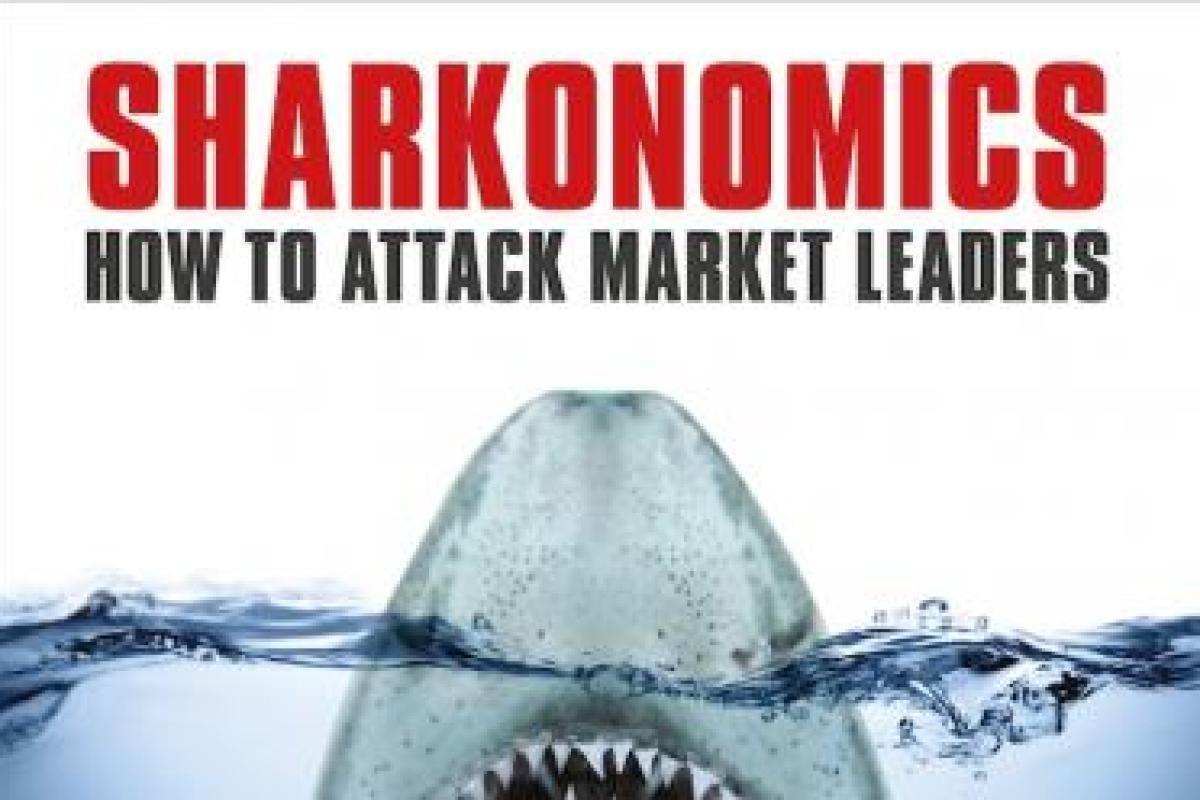You might be wondering why a business book is titled Sharkonomics. If you are one of those people, you are not alone. I was immediately intrigued by the title of this book which propelled me to delve further.
The reason why Sharks have been used as an analogy is that they are highly strategic and efficient in the way they survive and thrive in Nature’s competitive environment. Some shark species are solitary whilst others display social behaviour at various levels. Most sharks have the ability to camouflage themselves from their predators and have an acute sense of smell that enables them to detect blood in the water from miles away.
In the corporate world, companies are never more at risk than being attacked when they are market leaders. Market leaders need to continuously innovate and fail fast in order to sustain their lead position. Attacks can either be experi-enced head-on from competitors or equally from unexpected sources. Like a shark, companies need to be quick, nimble and have survival instincts in order to thrive. Too many market leaders operate in a ‘business as usual’ manner that breeds complacency, stagnation and ultimately decreased market share. This of course can’t be said for all market leaders and some examples of companies who have rein-vented themselves in order to remain ahead of the pack are mentioned in the book.
There are a number of different defence tactics that market leaders can deploy which includes never standing still, attack being the best form of defence and finding out where your blind spots are and protecting them. Although these tactics all sound fairly obvious and predictable, it is alarming that so many companies are not embracing these tactics. Equally, there are companies who don’t have a defence strategy in place and by the time they are attacked, there is no form of response and it is too late to start developing a defence strategy by then. Considering the amount of emphasis that sports teams place on defence in order to compete and win, you would expect that all companies would do the same.
The main focus of the book (as the name suggests) is actually on providing tactics that challenger brands can utilise when trying to grow and steal market share from market leaders. Some of the tactics include striking unpredictably, killing with style, doing market research the shark way and planning long before your attack. Again, this was all fairly obvious and nothing particularly enlightening.
The most intriguing aspect of this book is the connection (and not obvious correlation) between how sharks operate to survive and thrive and what companies need to do in their environment to achieve the same goal. However, what starts of as being an intriguing concept rapidly become tedi-ous and rather one-dimensional.
Despite this, there were some useful and interesting points that are worth reading. If i had to read Sharkonomics again, i would focus on specific sections of the book rather than reading it in it’s entirety.
Sharkonomics: How To Attack Market Leaders
Sharkonomics
